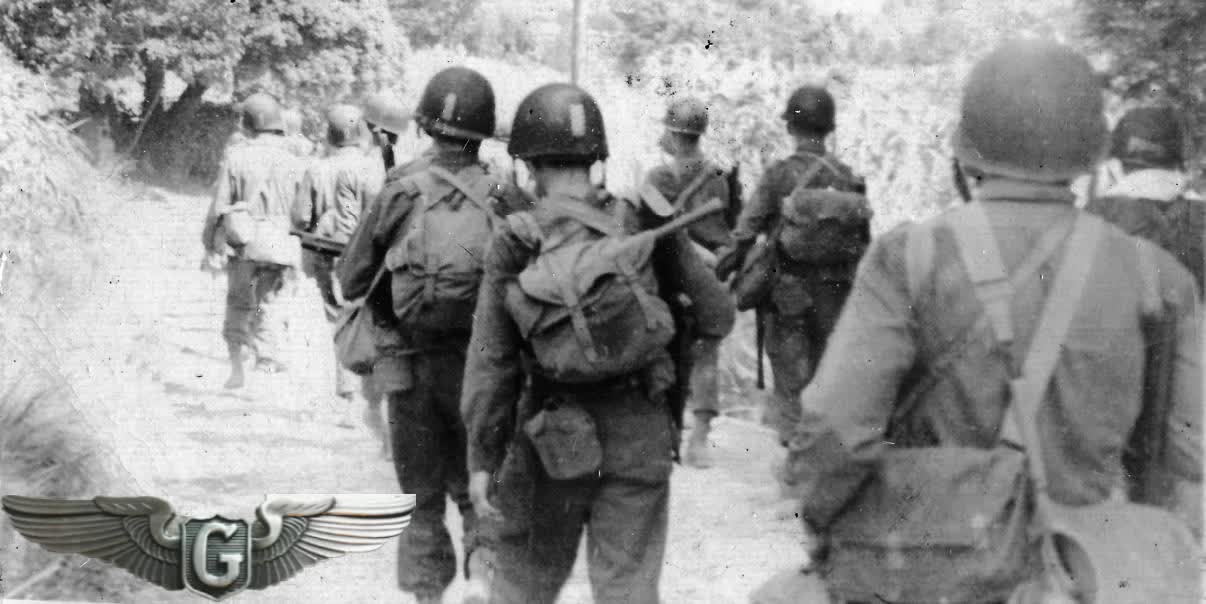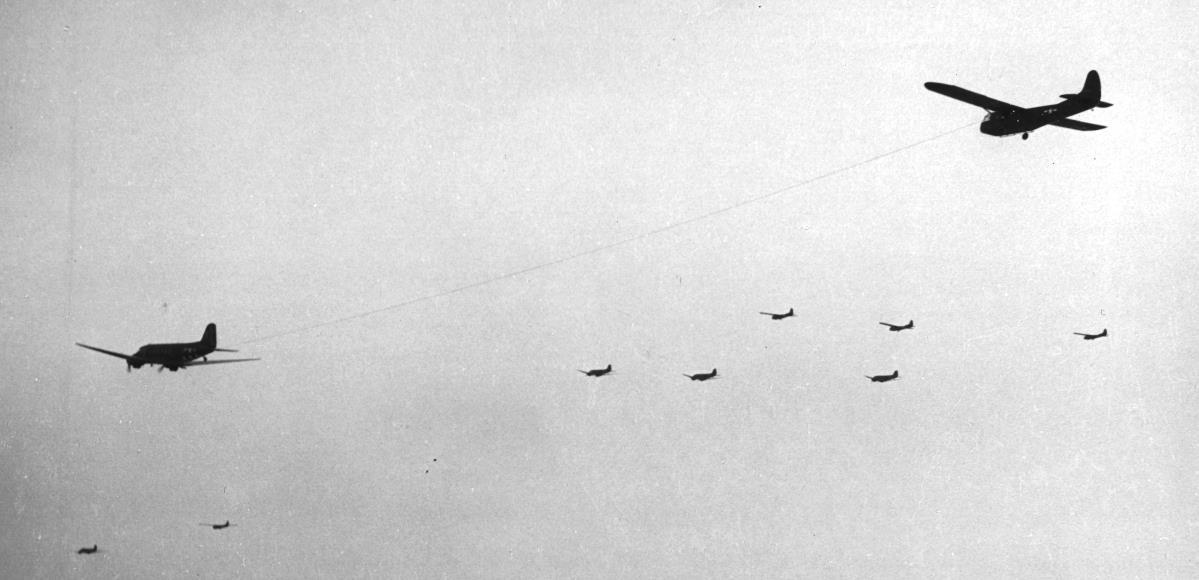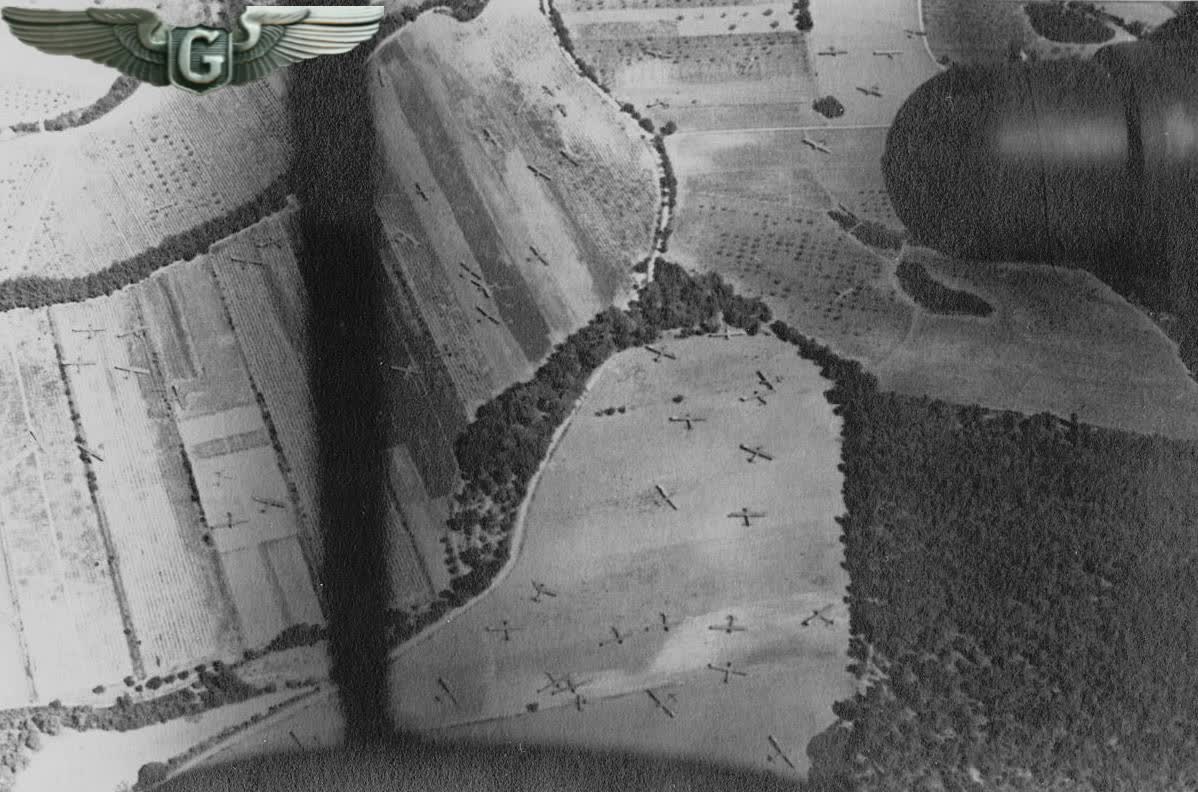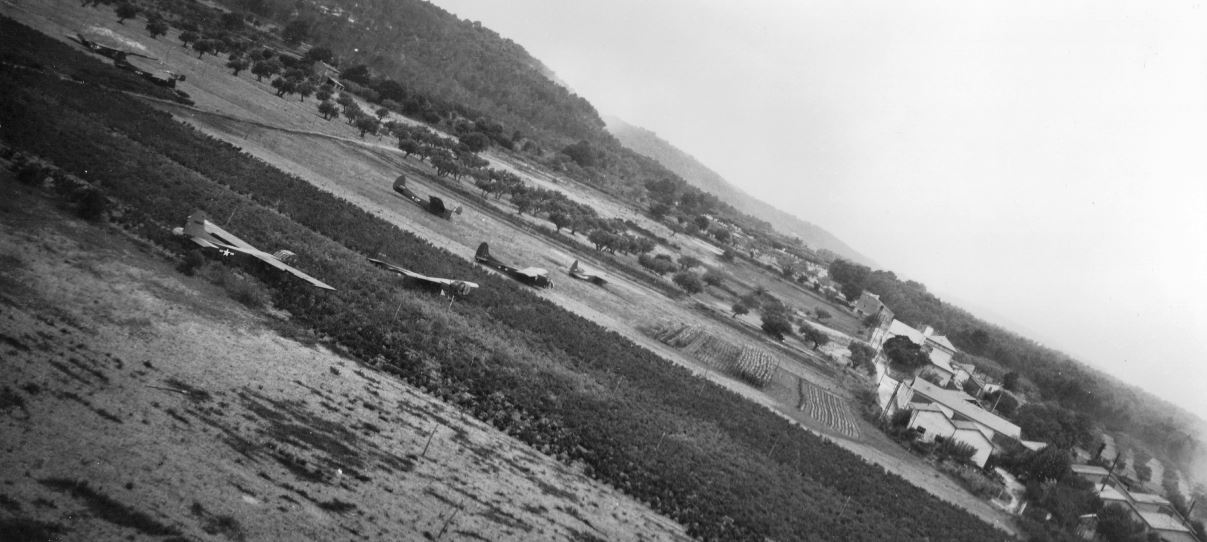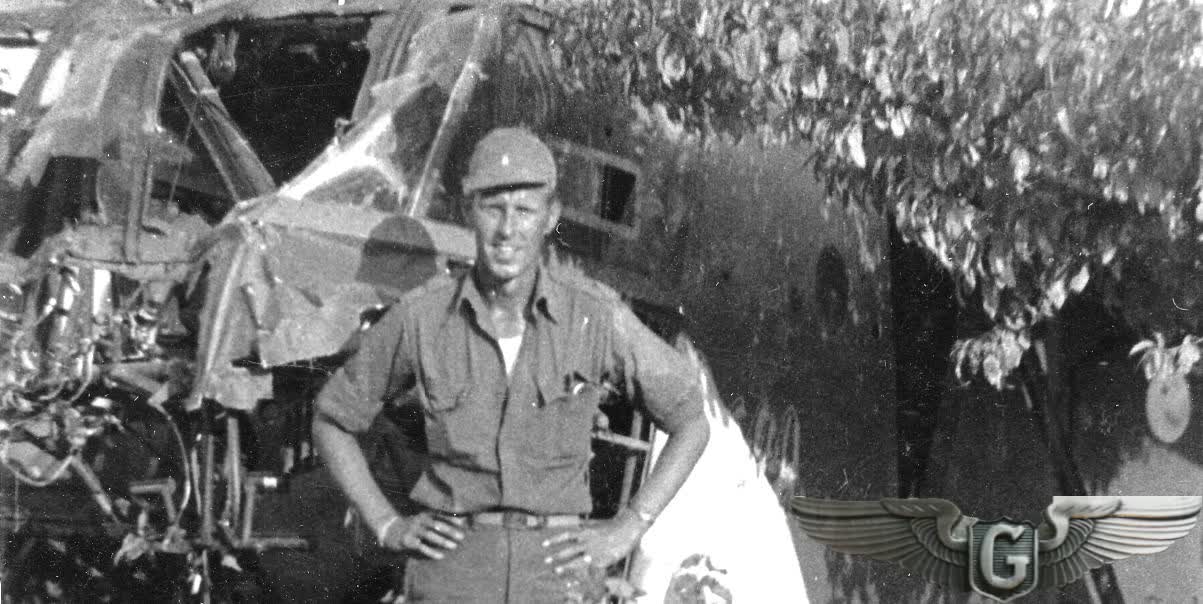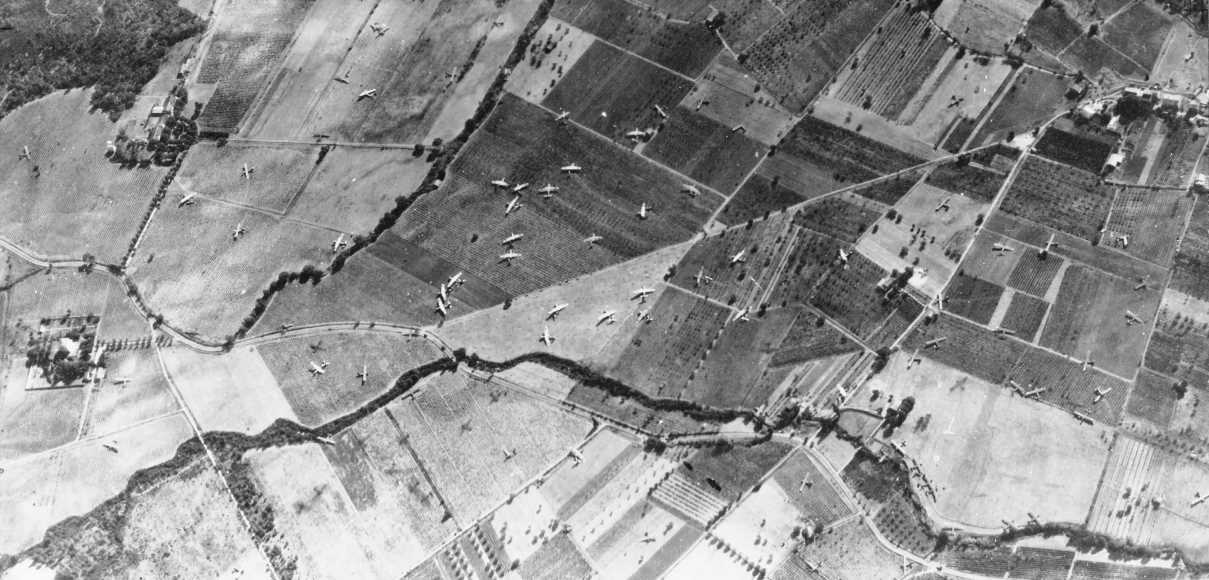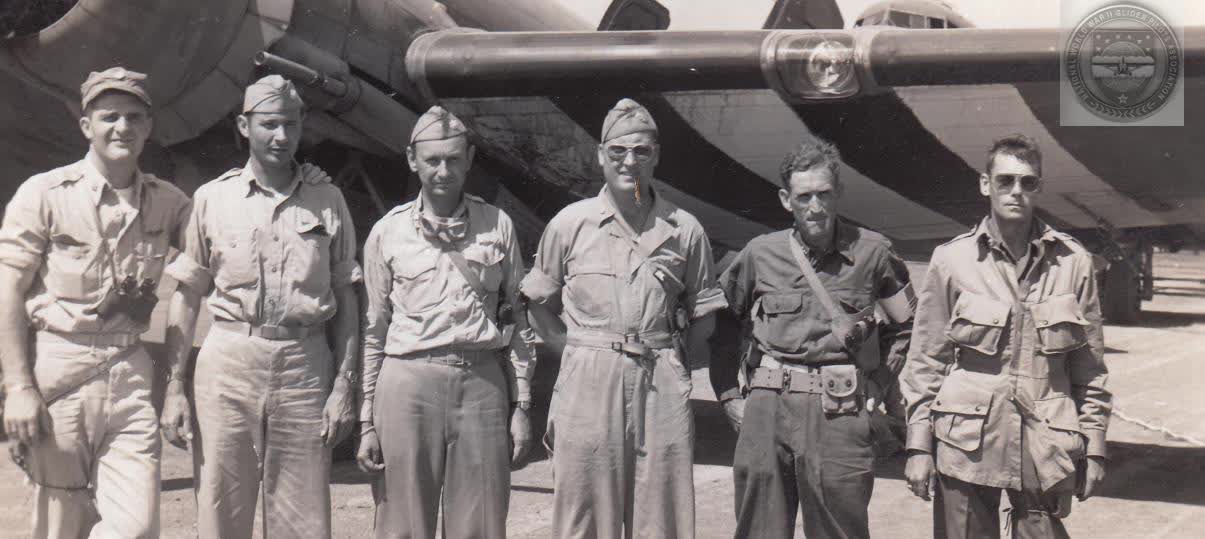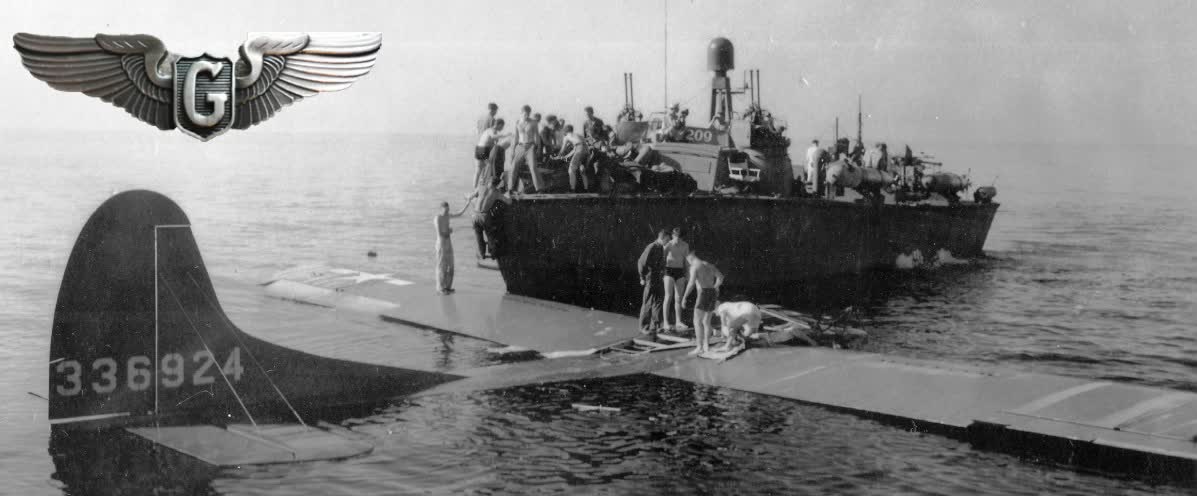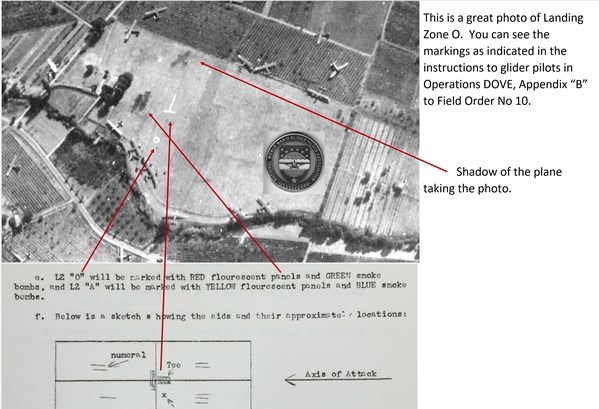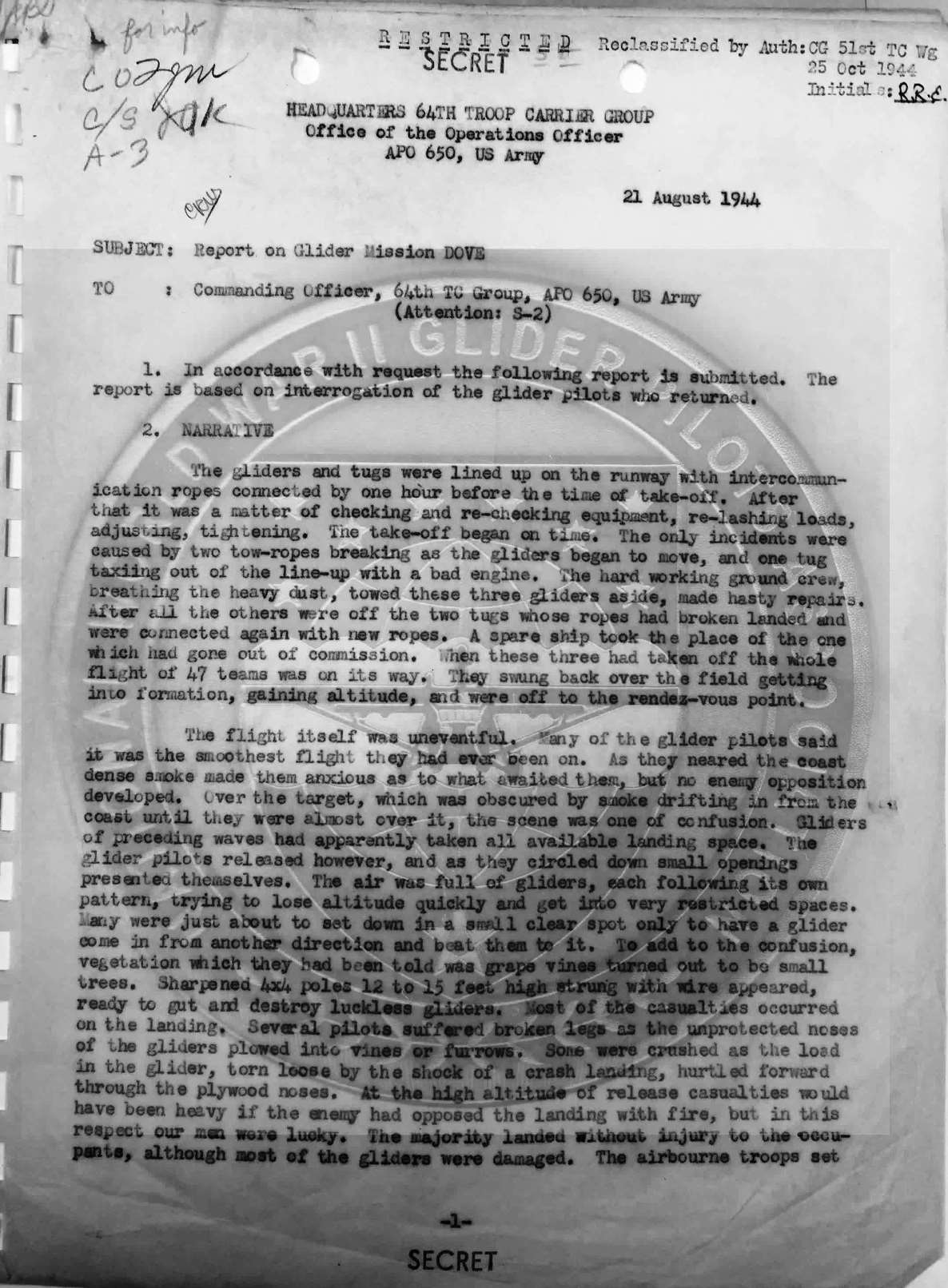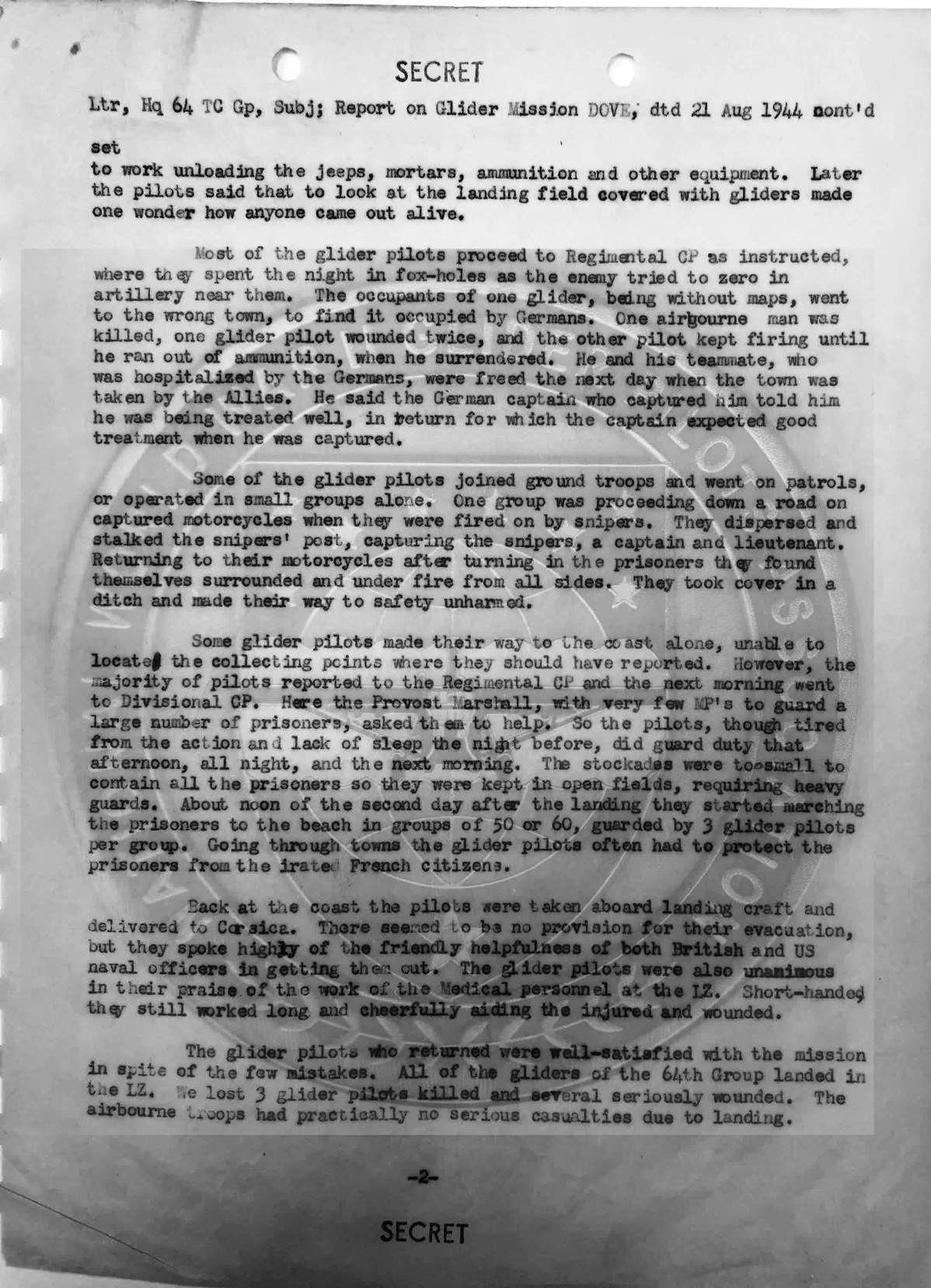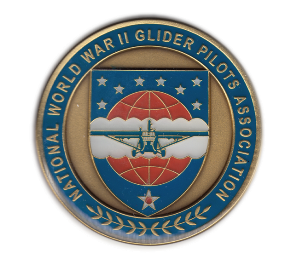National WWII Glider Pilots AssociationLegacy Organization of veterans National WWII Glider Pilots Association. Discover our History, Preserve our Legacy | ||
|
On 15 August
1944, American gliders from airfields near Rome and other airfields extending down some
150 miles of the Italian coast, strike in the Argens River valley to isolate German units
in the coastal area of Southern France.
Serial Number 14 (the first of the glider serials) made up of supporting artillery and anti-tank weapons for the British 2nd Independent Parachute Brigade Group departed as scheduled for its 0800 hours glider landing, but was recalled because of heavy overcast. The flight circled for one hour and landed at 0900 hours. By D+2 over 1000 prisoners had been taken by the American Forces and nearly 350 by the British Brigade. By D+8, this figure was well over 2000. The total jump and glider crash accidents amounted to 283 or approximately 3 per cent of the operational personnel involved.
|
Serial
Roger Smith's southern France flight by Zach Cromley
The WITNESS TO WAR:
A glider pilots perspective-
Milt Dank, Glider Pilot, 91st Troop Carrier Squadron, 439th Troop Carrier Group, 1st Allied Airborne Infantry Forty-five to ninety seconds. That’s all Milt Dank says he had to land his four ton glider in the vineyards of Southern France while facing life-threatening obstacles. (4:50)
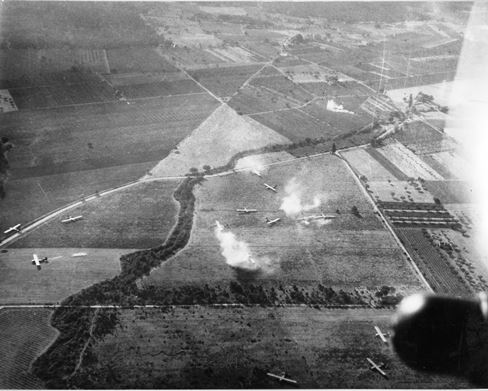
Courtesy of the National Archives / NWWIIGPA Collection
Caption on back: Invasion Gliders land after being towed to the coast of southern France by Douglas C-47 Transports of the 12th Air Force Troop Carrier Air Division, on the invasion's "D" Day. Dust can be seen as the Gliders land somewhere between Cannes and Toulon.
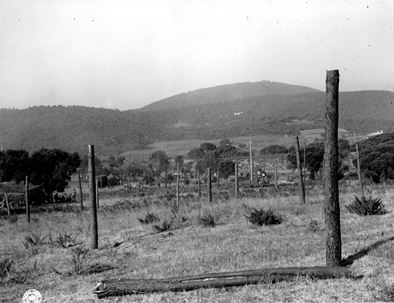
Courtesy of the National Archives / NWWIIGPA Collection
Caption on back: General view of anti-glider posts placed by Germans along the southern coast of France. (Petuis Area, France) 21 August 1944. [Field Marshal Rommel directed that thousands of these tall wooden poles be erected in open fields in Southern France so as to impede glider landings.]
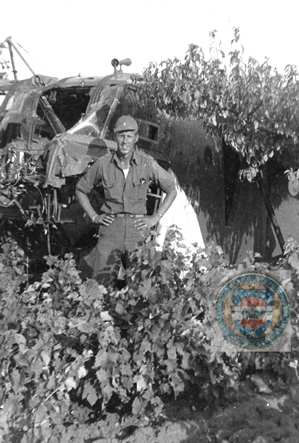
Silent Wings Museum / NWWIIGPA Collection
Back Caption: Art Thomas, Great Pilot, Great Guy, Southern France. His Glider.
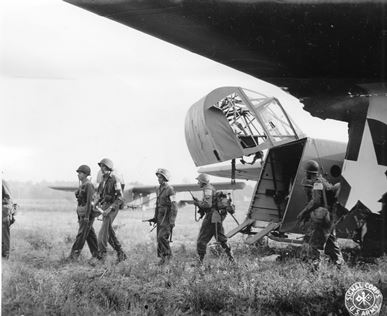
Courtesy of the National Archives / NWWIIGPA Collection
Caption on back: 15 August 1944. Seventh Army, La Motte, France. 1st Airborne Task Force. Airborne Troops leaving their glider for C.P. area, shortly after landings were made in southern France. Photo by Leibowitz, 163rd Signal Photo Company
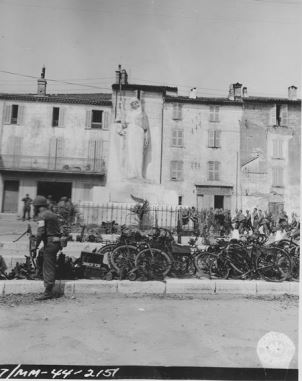
Courtesy of the National Archives / NWWIIGPA collection
17 AUG.1944 7/MM-44-2151
7 ARMY, LE MUY, FRANCE.
T. F., Stack German euipment in the town square of Le Muy as German prisoners pass under glider pilot escort
Photo by Leibowitz, 163rd SIG. Photo Co.
OPERATION CODENAME DOVE

